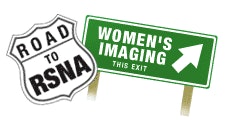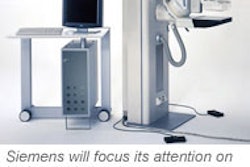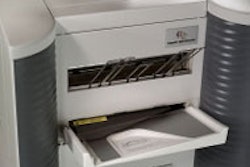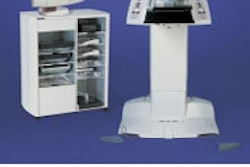
If the way women are being screened and diagnosed for breast disease is expanding beyond the sole purview of x-ray, what kind of system will be best for the future? Some companies continue to tackle that question. At this year’s RSNA show, look for work-in-progress products that offer users the ability to view images from different modalities -- and products based on open-architecture platforms in order to provide as much flexibility as possible.
Flexibility is also appearing in computer-aided detection technology. As full-field digital mammography (FFDM) -- or at least the concept of digitizing film-screen images -- becomes more commonplace, manufacturers are seeking to integrate CAD capability into these products.
You’ll also notice some CAD firms developing “universal” products that customers can use with any vendor’s breast imaging device. And there is software designed for use with new applications, such as CT or MRI, along with devices targeted to lower-volume clinics -- a nod to the fact that not everyone can sustain a full-scale CAD system.




















